In photos: Cremated Buddha remains and Buddha statues
Spiritual discovery
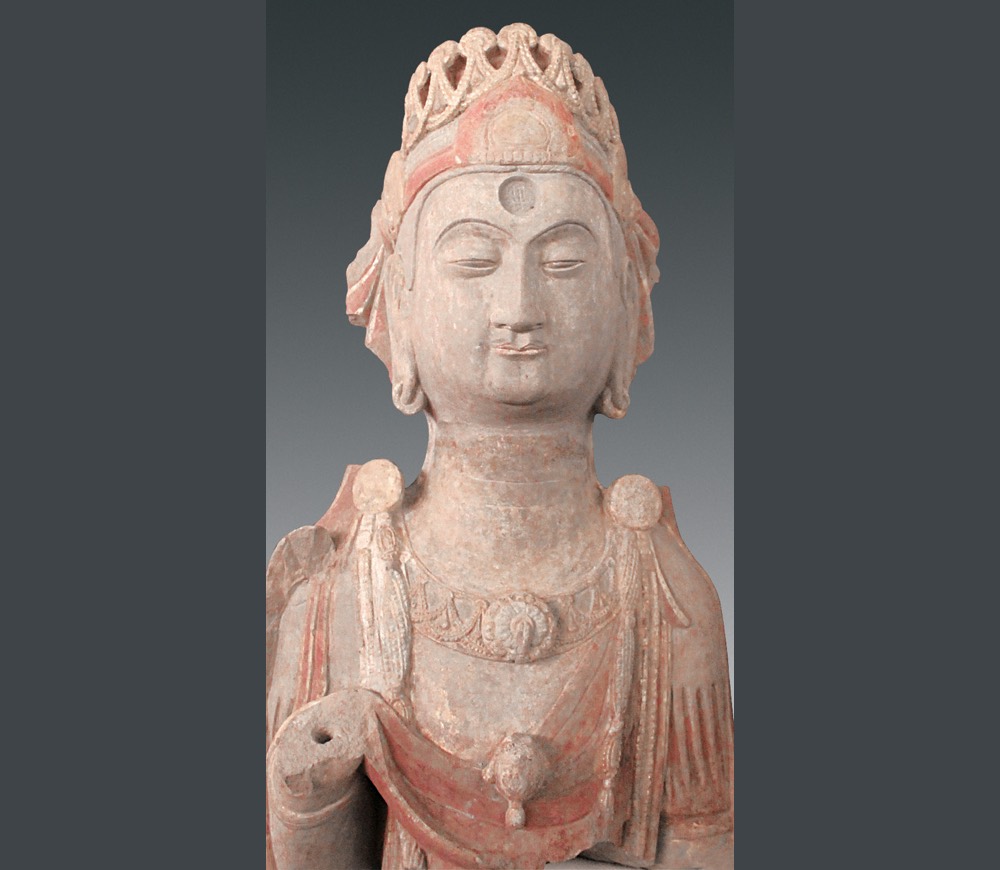
This statue of a bodhisattva (an individual who seeks enlightenment) is one of over 260 statues that was discovered buried near the cremated remains of what an inscription says is the Gautama Buddha (also known as Siddhārtha Gautama, Sākyamuni Buddha or simply the Buddha). The statues and human remains were discovered buried in Jingchuan County, China. This particular statue is almost 2 meters (6.6 feet) tall.
Related: Cremated Remains of the 'Buddha' Discovered in Chinese Village
Buddha
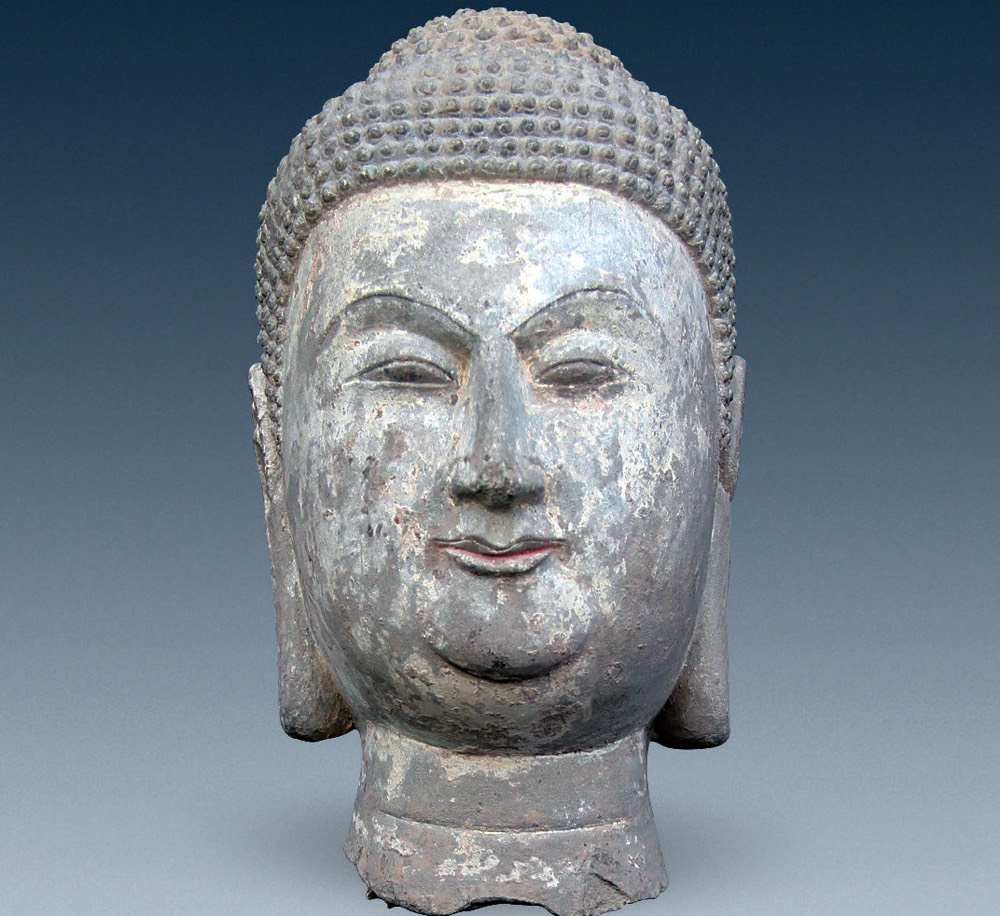
The statues date between the northern Wei dynasty (386-534) and the Song dynasty (960–1279). Some are full bodied statues while some just show the head of the individual. This head depicts the Buddha. In addition to bodhisattvas and depictions of the Buddha there are also arhats (those who have found enlightenment) and deities known as "heavenly kings."
Cremated remains
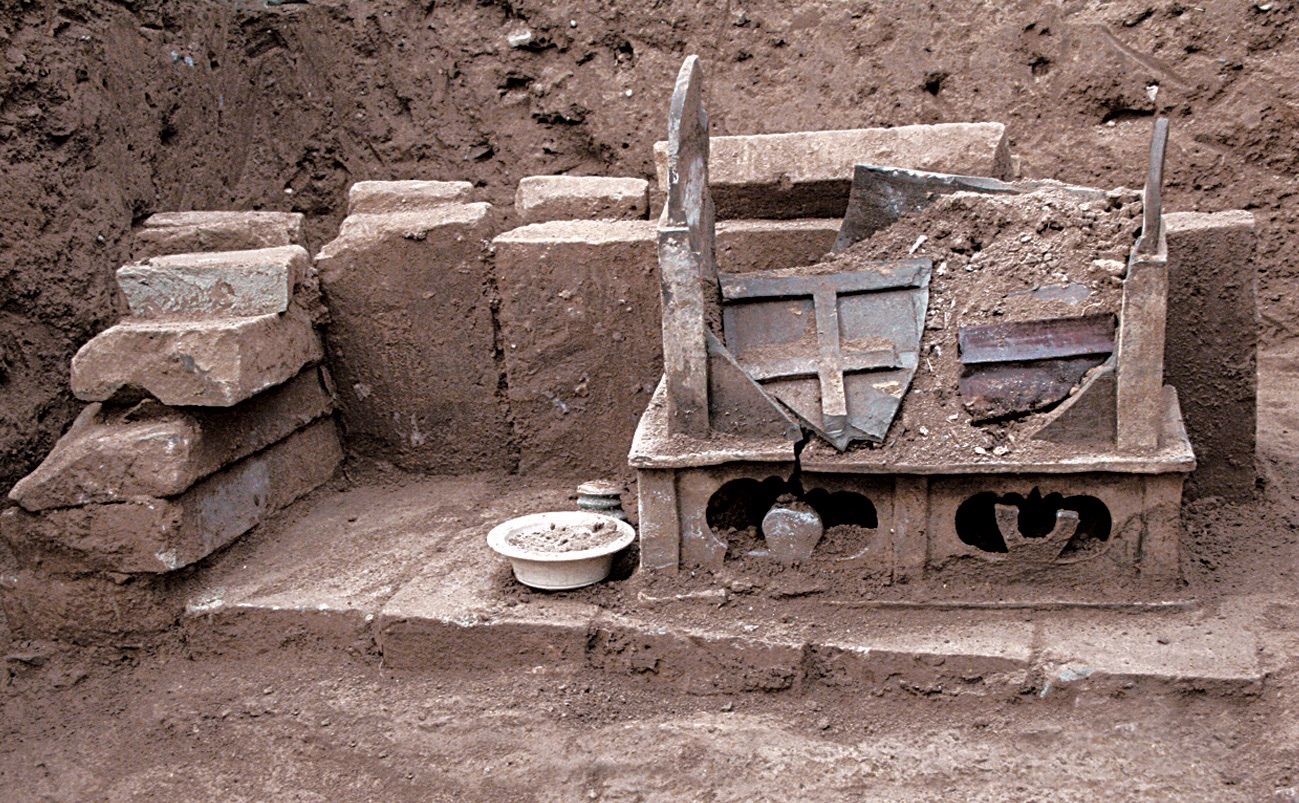
Cremated human remains were found inside this ceramic box. An inscription found nearby says that they were buried Jun. 22, 1013 and belong to the Buddha. It is not certain if the statues were buried along with the remains.
A sneak peek
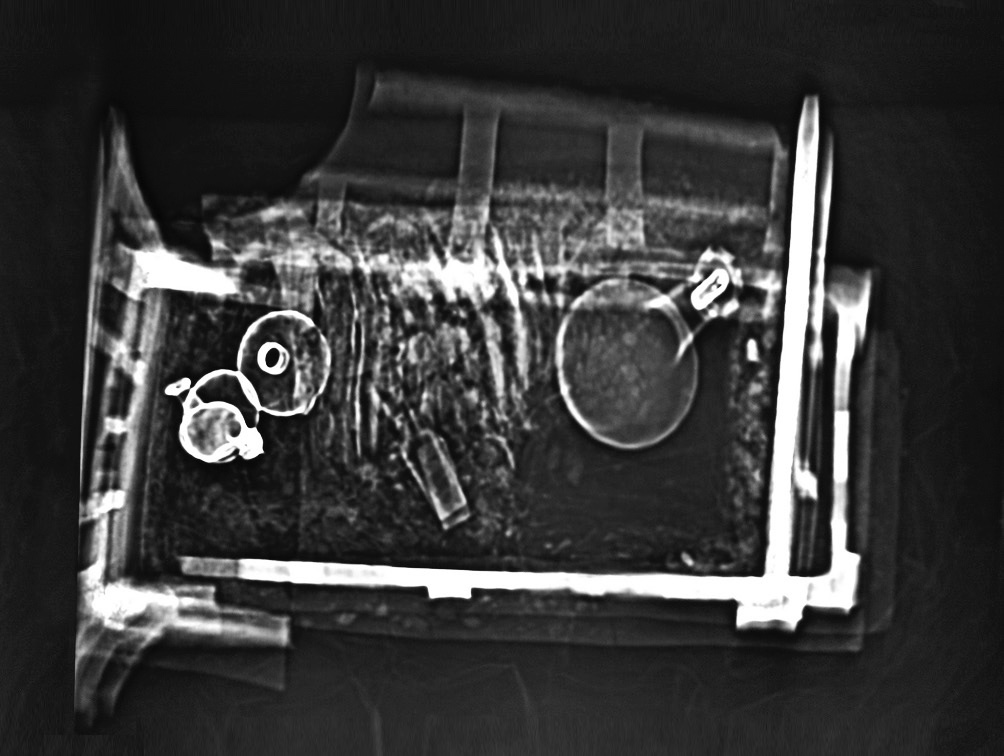
An x-ray of the ceramic box shows jars and what turned out to be cremated human remains. Some of the cremated remains were found inside the jars.
A life's work
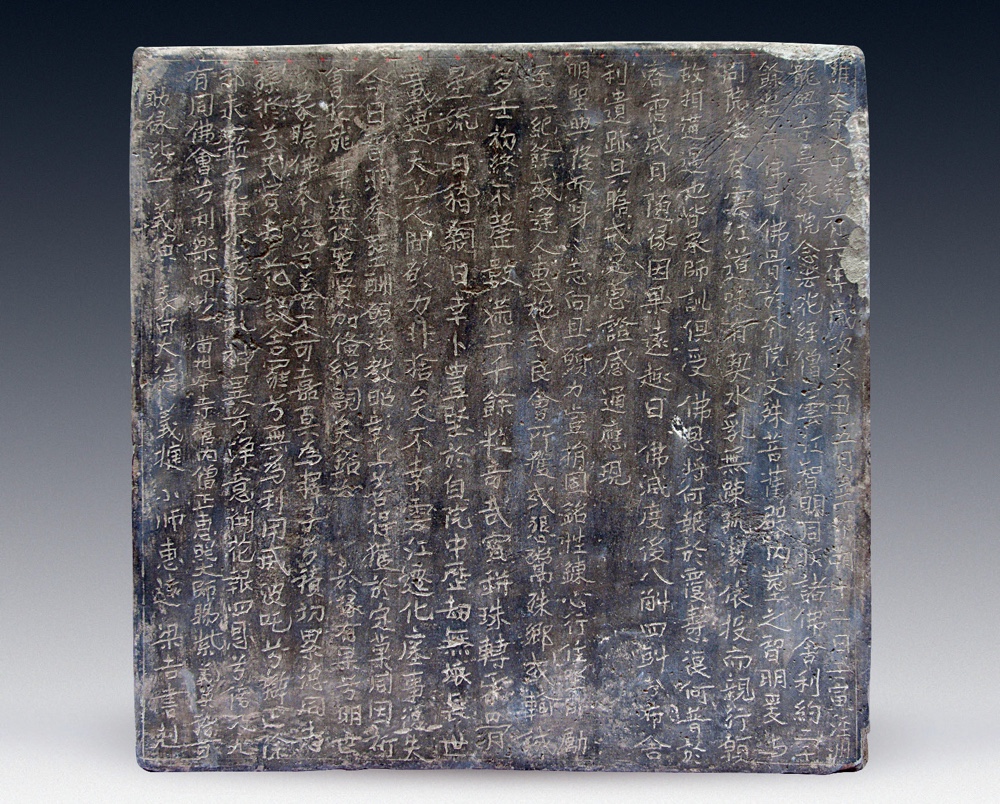
An inscription found near the ceramic box says that the cremated human remains the box holds are that of the Buddha. The inscription says that two monks named "Yunjiang" and "Zhiming" spent more than 20 years gathering the remains and buried them on Jun. 22, 1013. They collected the remains "in order to promote Buddhism" the inscription says.
Another Buddha
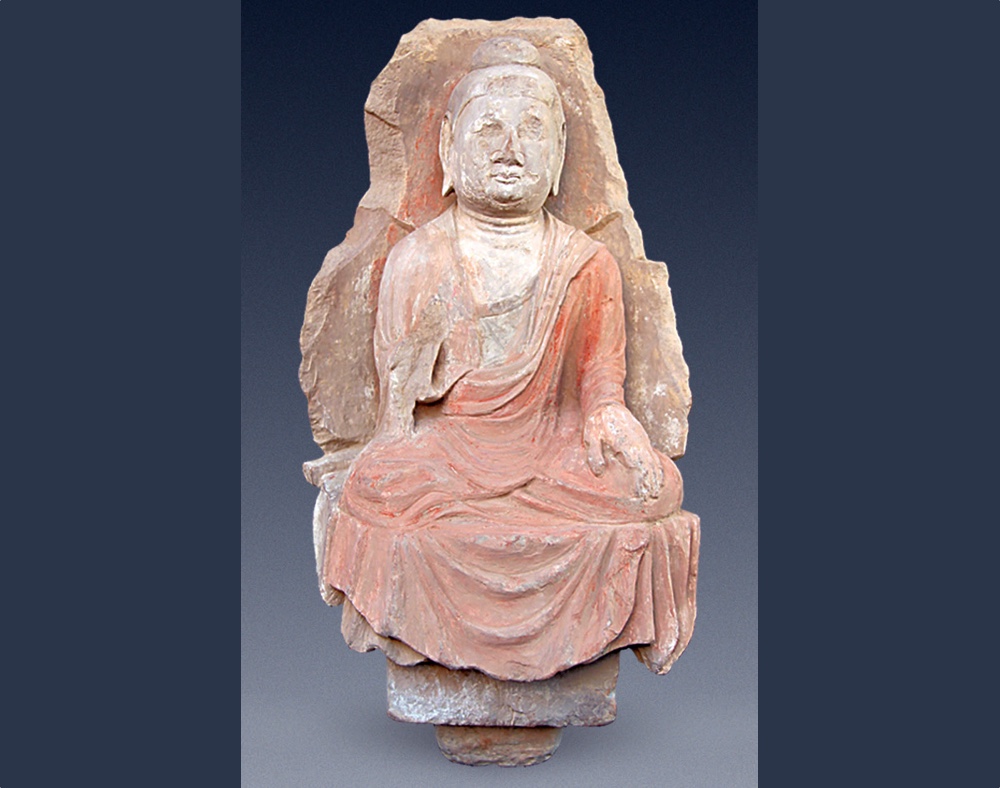
The inscription does not mention the statues and archaeologists are not certain if the statues were buried along with the human remains. This particular statue depicts the Buddha.
Sign up for the Live Science daily newsletter now
Get the world’s most fascinating discoveries delivered straight to your inbox.
A king
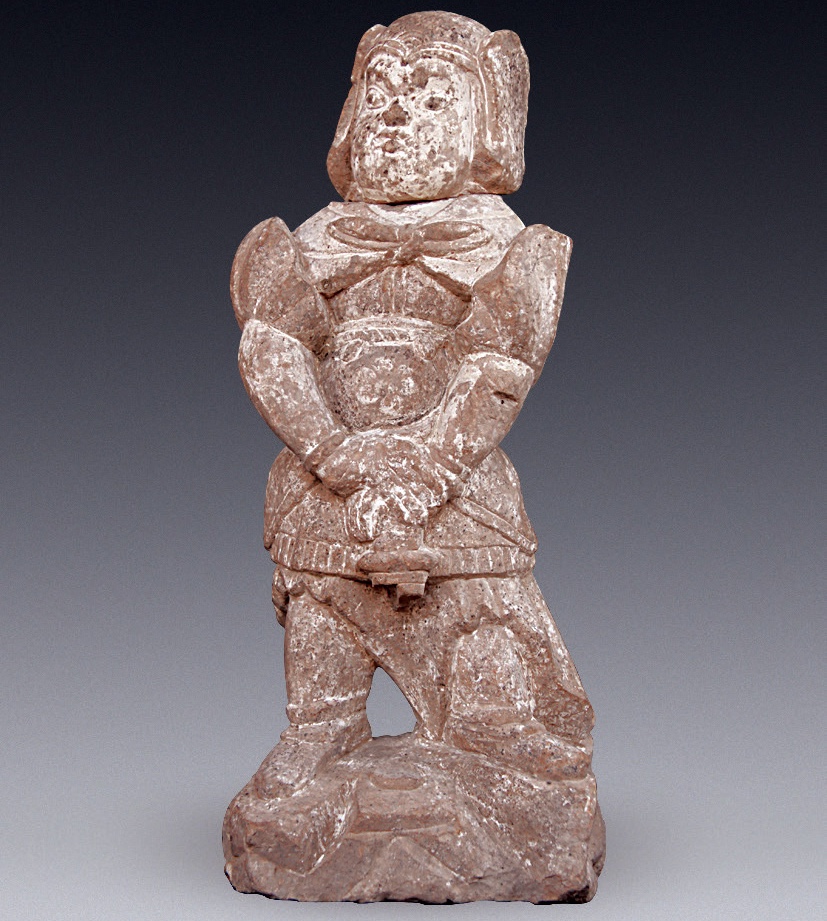
This statue shows a deity known as a "heavenly king." He is shown wearing a set of armor and has a scarf around his shoulders. The statue is 34 centimeters (13 inches) in height.
A seeker
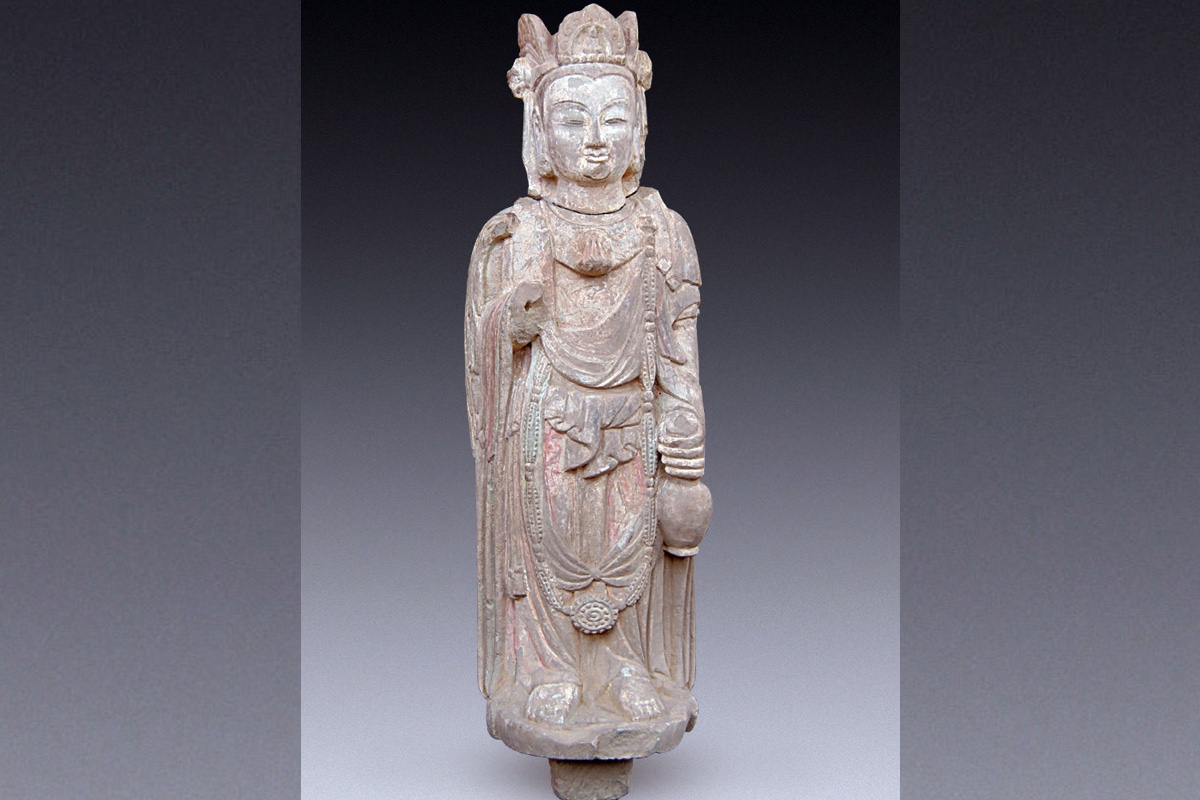
This statue of a bodhisattva was found with its head and body apart and had to be put back together again. The bodhisattva is shown wearing a necklace and jade ornament and has a silk scarf on its shoulders. It stands at least 55 centimeters (22 inches) tall.
Roadwork to history
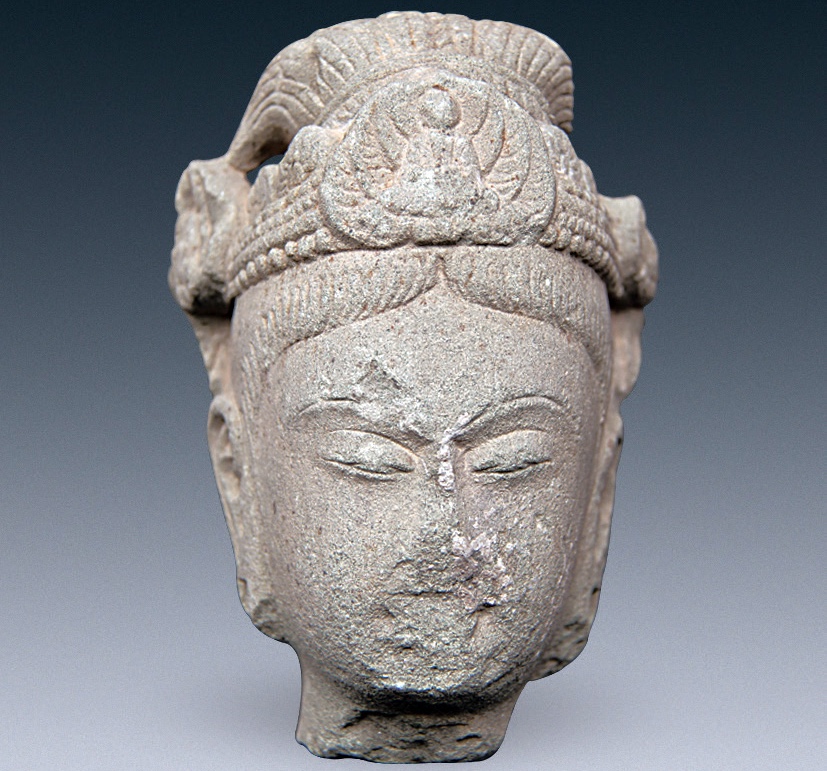
Discovered in December 2012 while roads were being repaired the 260 statues and human remains were excavated over the following year. The discovery was reported recently in the journal "Chinese Cultural Relics." This statue depicts the head of a bodhisattva.
Jeanna Bryner is managing editor of Scientific American. Previously she was editor in chief of Live Science and, prior to that, an editor at Scholastic's Science World magazine. Bryner has an English degree from Salisbury University, a master's degree in biogeochemistry and environmental sciences from the University of Maryland and a graduate science journalism degree from New York University. She has worked as a biologist in Florida, where she monitored wetlands and did field surveys for endangered species, including the gorgeous Florida Scrub Jay. She also received an ocean sciences journalism fellowship from the Woods Hole Oceanographic Institution. She is a firm believer that science is for everyone and that just about everything can be viewed through the lens of science.









